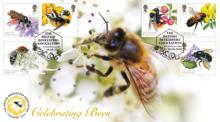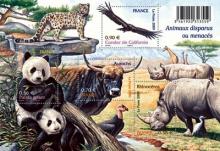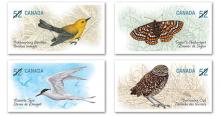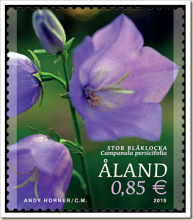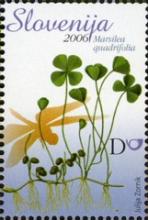Wildflowers growing in arable field margins are contaminated with neonicotinoids
In recent years, an intense debate has been generated about the environmental risks posed by neonicotinoids, a group of widely-used, neurotoxic insecticides. When these systemic compounds are applied to seeds, low concentrations are subsequently found in the nectar and pollen of the crop, which are then collected and consumed by bees. Here we demonstrate that current focus on exposure to pesticides via the crop overlooks an important factor – throughout spring and summer, mixtures of neonicotinoids are also found in the pollen and nectar of wildflowers growing in arable field margins, at concentrations that are sometimes even higher than those found in the crop. Indeed the large majority (97%) of neonicotinoids brought back in pollen to honey bee hives in arable landscapes was from wildflowers, not crops. Both previous and ongoing field studies have been based on the premise that exposure to neonicotinoids would only occur during the blooming period of flowering crops and that it may be diluted by bees also foraging on untreated wildflowers. Here, we show that exposure is likely to be higher and more prolonged than currently recognized due to widespread contamination of wild plants growing near treated crops.

